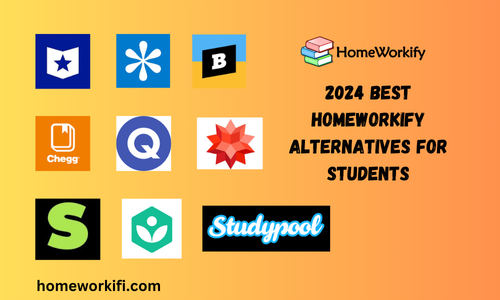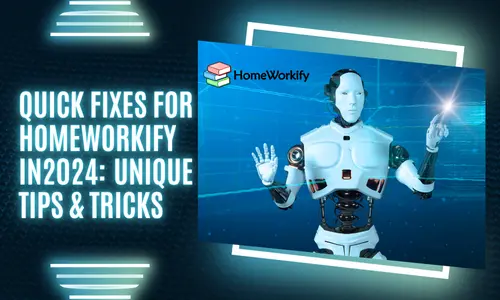What Does ChatGPT Mean for the Future of Education?

Education is always changing. From using pencil and paper to using computers and tablets, we have seen big shifts in how we learn. Now, with the rise of artificial intelligence (AI), tools like ChatGPT are ready to change education even more.
What is ChatGPT?
ChatGPT is a chatbot made by OpenAI. The name stands for Conversational Generative Pre-trained Transformer. This means it can talk to people in a natural way. It uses a smart computer program called GPT-3. ChatGPT can answer questions, explain hard topics, and help with homework.
When ChatGPT first came out, over a million people tried it in just a few days. Its ease of use makes it popular. Anyone can type a question and get a quick answer.
How Can ChatGPT Help Teachers?
- Personalized Help for Every Student
ChatGPT can help students who struggle with their studies. If a student has a tough question, ChatGPT can give a simple answer, just like a tutor. - Saving Time on Tasks
Teachers have a lot to do, like grading papers and planning lessons. ChatGPT can handle smaller tasks. This gives teachers more time to focus on their students. - Giving Instant Feedback
Students can get fast answers on homework or practice questions. Quick feedback helps them learn faster and fix mistakes right away. - Creating Learning Resources
ChatGPT can help teachers make quizzes, assignments, and study guides. This makes learning more fun and helps students understand better.
Does ChatGPT Have Any Shortcomings?
Even with its benefits, ChatGPT has some problems. It was trained on information from before 2021. So, it might not have the latest news or updates.
ChatGPT can also show biases that exist in society. For example, it may repeat stereotypes about people. OpenAI is working to fix these issues, but they are still important to think about.
Controversies Around ChatGPT
Some people worry about how ChatGPT might be misused. For example, it could spread false information or help students cheat. Some schools have even blocked ChatGPT on their networks due to these worries.
While some students see ChatGPT as a quick way to finish assignments, others think it may lead to cheating. This divide shows that people have different opinions about whether ChatGPT helps or harms learning.
Can ChatGPT Hurt Education?
One big worry is that too much use of ChatGPT might hurt student engagement. If students rely on AI for answers, they may stop trying to learn on their own. This could harm their thinking skills.
While ChatGPT can give quick answers, it cannot replace the deep understanding that comes from talking to a teacher or reading a book. For example, a teacher can explain difficult ideas and provide extra insights, while ChatGPT might just give basic facts.
What Are the Positives of ChatGPT in Education?
Despite these concerns, ChatGPT can make learning better. It allows students to ask questions and get personalized help. This interactive way of learning can be more engaging and effective.
Think of it like cars changing travel. Cars didn’t make horses useless; they just made travel easier. ChatGPT can help students find information faster without taking away traditional learning.
Plus, ChatGPT can make education more available. It helps students who may not have good teachers or resources, especially in remote areas.
How Can Teachers Adapt to AI Tools?
Teachers need to learn how to use tools like ChatGPT. They can use AI to take care of some tasks, like grading. This lets them spend more time teaching.
Teachers can also use ChatGPT as a study partner, offering personalized help to students. Embracing AI technology can lead to new learning experiences and better classrooms.
Conclusion
AI tools like ChatGPT can change education for the better. They make learning more engaging and tailored to each student. By accepting these new technologies, teachers can improve the learning experience for all.
The future of education looks bright with tools like ChatGPT. With a positive attitude and willingness to adapt, teachers can create a more personalized and interactive learning space. As we explore AI in education, we see that the human touch will always be important in guiding students on their learning journeys.






